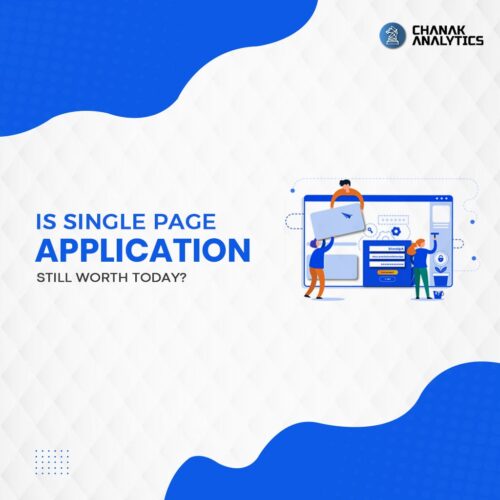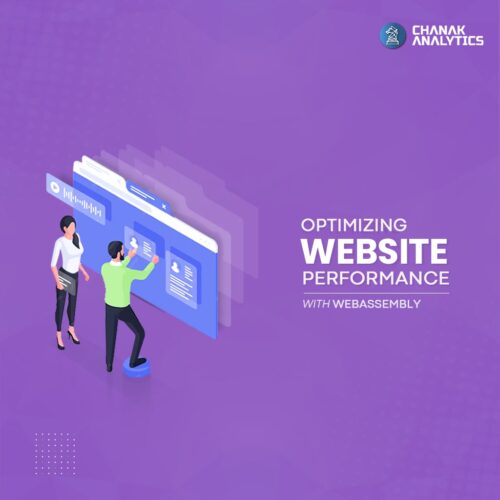API Development Best Practices: Ensuring Security, Efficiency, and Success


The role of API in web development is extremely crucial because it ensures seamless communication between various applications. APIs have established themselves as the foundation of contemporary software development in today’s tech-driven environment. APIs essentially operate as a bridge, allowing two programs to communicate with each other and exchange data in an easy-to-use manner. The rising use of APIs in many different businesses has made it more important than ever to provide strong security and excellent performance.
What Exactly is API?

Application Programming Interface, or API, acts as a link between various apps so they can successfully communicate with one another. Programmes can share important data according to certain formats and systems via APIs, improving the effectiveness of several apps at once. This procedure has grown to be essential because of its speed, security and effectiveness.
What Type of API Does Your Application Need?
It is critical to analyse what type of API you require. There are numerous kinds, and it is easy to get confused.
• Open API
Open API is also known as Public API. It provides direct access to external customers. These APIs are publicly accessible.
• Partner API
These APIs provide a restricted set of features to particular clients. It is frequently opted for by third-party maintenance contracts and SaaS (software-as-a-service) solutions.
• Internal API
It is sometimes known as Private API. This API gives clients inside an organisation access to services in the form of tools. They are usually used for internal communication between teams or systems within a particular company.
• Composite API
Users can send multiple queries to different endpoints at once here. They are usually found in user-facing applications. Examples include e-commerce transactions, cloud storage data retrieval, and many more.
As we enter a completely digital future, it is vital to understand how APIs operate for building systems with high levels of efficiency and security.

Why is it Crucial to Follow the Best Practices in API Development?
- High-Performance Levels: Following best practices guarantees consistent and high-quality results. It helps to create a seamless user experience, which raises the level of your programme.
- Stronger Security: Best API security measures are quite achievable. Following the best practices results in heightened security for your API. It also helps prevent any API cyber threats.
- Better User Experience: Following top-notch practices result in clear documentation, which heightens the user experience.
What are the Best Practices to Follow in API Development?
Security is vital in API development for protection against unknown threats. Follow these recommended practices to eliminate any API security concerns.
• Authentication and Authorization
- Authentication: Use powerful authentication methods to verify users or apps requesting access to your API. Some of the methods include OAuth 2.0, OpenID, or API keys. This guarantees that only authorised users can communicate with your API and maintains API gateway protection.
- Authorization: Make sure users can access the particular features and resources for which they were designed. By doing this, you can stop illegal activity and preserve the integrity of your API.
• Input Validation and Sanitization
- Input Validation: Verify every entry thoroughly to guard against dangerous code execution and infiltration threats. Make use of input validation tactics such as data type validation, length checks, and format validation for unified API protection.
- Sanitization: Use data sanitization techniques to remove potentially dangerous content by cleaning and filtering it. This increases the API security types and reduces the possibility of threats such as cross-site scripting (XSS) attacks.
• Handling Errors and Exceptions
- Error Handling: Put in place a strong error-handling system that sends out understandable error messages while hiding sensitive data.
- Exception Logging: To track and record API exceptions and problems, set up extensive logging systems. Frequent analysis of error logs results in high API threat detection.
• Implementing Rate-Limiting
- Throttling Mechanisms: Use rate-limiting techniques to regulate the number of API calls specific users or apps send out. Put in suitable restrictions to stop DDoS attacks and API abuse.
Role-based systems, such as RBAC, can be of use here.
- Dynamic rate adjustment: To maintain a balanced and safe API environment, dynamically adjust rate limitations to handle spikes in genuine traffic while reducing the effects of abusive or excessive queries.
Developers can improve the security of their API infrastructure by using Google’s advanced API security, tools and features. It can greatly improve API email security along with its overall safety.
The Ultimate Pathway to Mastering API Efficiency
Dramatically increase the speed and efficiency of your API operations by adopting these methods:
• API Versioning
Managing API versions is the ultimate key to coping with changes and updates while retaining existing functionalities.
• Caching and Response Compression
It is possible to drastically cut down on response times by implementing caching systems and response compression techniques.
• Optimising Database Queries
Improving API performance requires streamlining database queries and data retrieval procedures. Effective indexing and query optimisation can cut down on the amount of time it takes to retrieve data. It will also lighten the processing load overall.
• Asynchronous Processing
Labour-intensive and time-consuming jobs can experience a drastic increase in efficiency with the implementation of asynchronous processing techniques. The overall performance of the API increases as tasks are allowed to run independently. This way, the API can handle several requests at once.
How to Use API Best Practices to Guarantee Success
The success and reliability of an API depend heavily on the following factors. Ignoring any of these can result in issues and ineffective growth or utilisation.
• Documentation and API Design
Plan a user-friendly API with clear data structures. It improves the overall user experience. For Webex API developers and users to understand the API effectively, outlining the API’s functions, endpoints, and integration methods is very important.
• Testing and Monitoring
Continuously check the API’s performance to prevent disruptions. This will, in turn, create a seamless experience for end-users.
• Scalability and Performance
The ultimate seamless user experience can only be created through API performance optimisation and scalability. It can be achieved via data management, response handling and efficient coding.
• Continuous Integration and Deployment
This process ensures that the API remains current in a world where technology is evolving every minute. Continuous updates guarantee the long-term success of an API.
What are the Tools and Frameworks for API Development?
Instead of starting from scratch, developers can build and manage their APIs with their pre-made features and components. The top 10 API frameworks include:
- Spring Boot
- Ruby on Rails
- Flask
- Django REST
- Express JS
- Fastify
- Play Framework
- Gin
- Phoenix
- Fast API
Spring boot API development, along with others provides easy-to-use interfaces that make the process of developing, assessing, and implementing APIs simpler.
The Pitfalls to Avoid
While following recommended practices is vital, it is also critical to know about the pitfalls that can weaken your API security and reliability. It is crucial to avoid the following conditions to avoid vulnerabilities:
- Overlooking security measures
- Avoiding thorough documentation
- Neglecting performance optimisation
- Undermining the crucial role of scalability
Active API threat detection and resolution issues will always ensure a strong and dependable API system that meets the needs of end-users.
Conclusion
Mastering the best practices in API development creates a huge advantage for a developer in today’s digitally linked world. APIs function as the backbone for seamless data interchange between multiple applications. Effective API administration should be a top priority for organisations if they want to maximise integration efforts, save development costs, and differentiate themselves from competitors.
Join the community
Join our 400,000+ person community and contribute to a more private and decentralized internet. Start for free.


